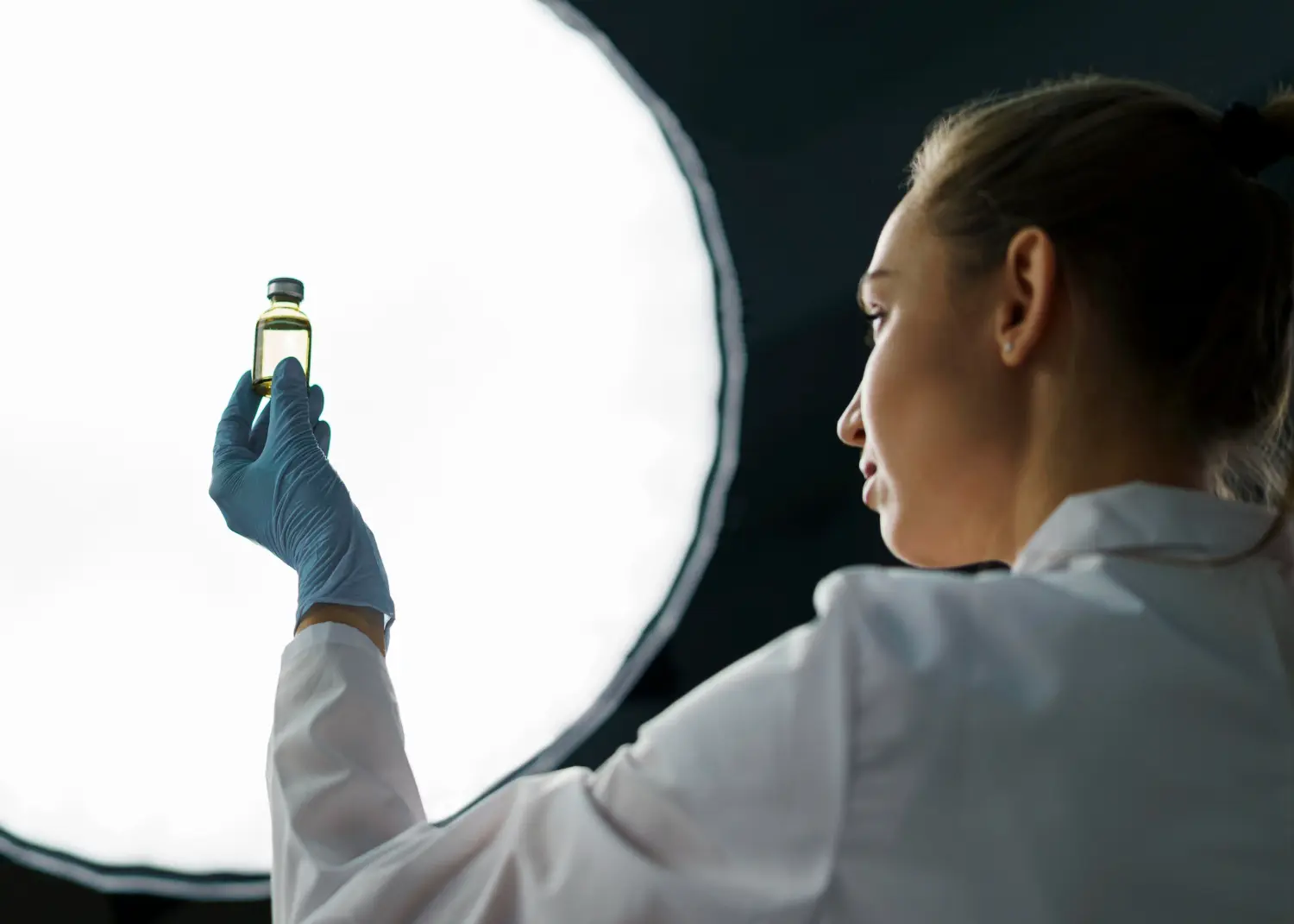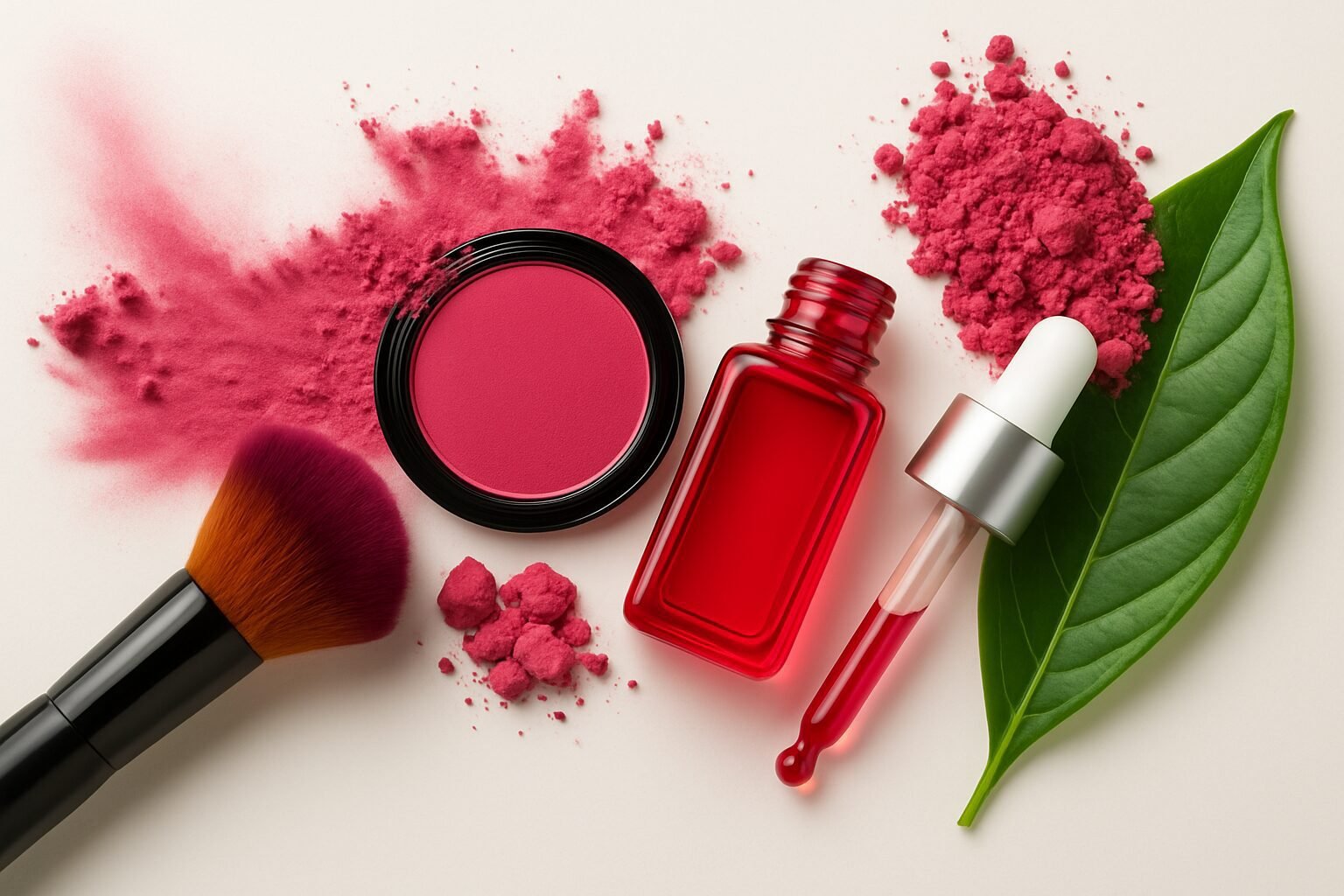Peptides have become one of the most powerful classes of cosmetic actives. While early applications focused mainly on collagen support, today’s peptide innovation reaches far beyond wrinkle reduction. Advances in biotechnology, encapsulation, and molecular design allow chemists to target specific pathways in skin repair, pigmentation, inflammation, and even neurological signaling. Explore how peptide innovation is reshaping cosmetic science and creating a new generation of targeted formulations.
Why Peptides Matter in Cosmetics
Peptides are short chains of amino acids that act as biological messengers. They interact with cell receptors to regulate processes such as collagen synthesis, barrier repair, and inflammation control. Because they are naturally derived from proteins, they provide high efficacy with good tolerability. Therefore, peptide innovation represents a fusion of dermatology and biotechnology that enables precise control over skin physiology.
Types of Cosmetic Peptides
Modern peptide formulations include several categories, each with unique mechanisms of action:
- Signal peptides: Stimulate fibroblasts to produce collagen, elastin, and glycosaminoglycans. Palmitoyl pentapeptide-4 is a classic example that reduces wrinkle depth.
- Carrier peptides: Deliver trace minerals such as copper into the skin, supporting enzymatic processes and wound healing.
- Enzyme-inhibitor peptides: Reduce activity of enzymes like matrix metalloproteinases (MMPs), which degrade collagen and elastin.
- Neuropeptides: Block neurotransmitters that trigger muscle contractions, creating a “botox-like” smoothing effect without injections.
- Defensin-mimicking peptides: Support the skin’s innate immunity and promote barrier renewal.
Consequently, peptide innovation expands cosmetic applications from simple anti-aging to holistic skin wellness.
Formulation Challenges in Peptide Innovation
Despite their potential, peptides present technical hurdles. First, they are sensitive to enzymatic breakdown and oxidation. Second, their hydrophilic nature limits penetration into deeper skin layers. Third, they can interact negatively with preservatives or surfactants. Therefore, chemists use advanced solutions such as:
- Encapsulation in liposomes, solid lipid nanoparticles, or polymer gels.
- Conjugation with fatty acids (e.g., palmitoylation) to improve stability and penetration.
- Optimized pH and excipient systems to preserve activity in formulations.
As a result, today’s formulations make peptides more bioavailable and longer lasting, unlocking their full potential.
Peptides for Skin Repair and Regeneration
Signal peptides that activate fibroblasts remain foundational for anti-aging, but innovation now focuses on peptides that accelerate wound healing and barrier restoration. For example, copper tripeptides improve angiogenesis and tissue remodeling, while newer biomimetic peptides activate keratinocyte migration for faster recovery. Consequently, these applications expand peptide use from cosmetics into dermocosmetics and medical-grade skincare.
Peptides in Pigmentation and Brightening
Recent peptide innovation targets pigmentation pathways. Oligopeptides can reduce tyrosinase activity, lowering melanin production and creating brightening effects. Moreover, combinations with antioxidants provide synergistic results against photoaging and uneven tone. Therefore, peptides are now key tools in formulating next-generation brightening products.
Neuropeptides for Sensory and Anti-Aging Effects
Neuropeptides mimic neurotransmitter-blocking effects that relax facial muscles. For instance, acetyl hexapeptide-8 interrupts the SNARE complex, reducing dynamic wrinkle formation. In addition, neuropeptides stimulate endorphin-like pathways that increase skin comfort and consumer satisfaction. This dual action makes them attractive for both anti-aging and sensorial experiences in modern formulations.
Scientific Evidence Supporting Peptides
Clinical and in vitro research demonstrates peptide efficacy:
- Palmitoyl pentapeptide-4 reduces wrinkle depth by up to 27% after 12 weeks (International Journal of Cosmetic Science).
- Copper peptides accelerate wound healing and increase collagen synthesis (Wound Repair and Regeneration).
- Acetyl hexapeptide-8 improves skin smoothness and reduces wrinkle intensity (Journal of Cosmetic Dermatology).
Together, these findings validate peptide innovation as a reliable and effective cosmetic strategy.
Consumer Perception of Peptide Innovation
Consumers increasingly view peptides as “high-tech naturals”—scientific yet safe. Marketing that highlights biotechnology, clinical validation, and visible results resonates strongly. In addition, peptides align with sustainability, as many modern versions come from fermentation and green chemistry rather than animal extraction. Consequently, peptide innovation creates trust across multiple consumer demographics.
Explore Natural Alternatives in Your Formulations
Grand Ingredients provides an expanding range of advanced peptides, including signal, carrier, and neuropeptides. Each is optimized for stability, safety, and integration into modern formulations.
Explore Active Ingredients for detailed peptide profiles.
Hidden Q&A for Google
What are cosmetic peptides?
Cosmetic peptides are short amino acid chains that signal skin cells to perform specific functions such as producing collagen, reducing pigmentation, or soothing inflammation.
Which peptides are used in cosmetics?
Common cosmetic peptides include signal peptides for collagen, carrier peptides like copper tripeptides, enzyme-inhibitor peptides, neuropeptides, and defensin-mimicking peptides.
How do neuropeptides work in skincare?
Neuropeptides block neurotransmitters that cause muscle contractions, softening dynamic wrinkles. Some also stimulate endorphin-like responses that improve skin comfort.
Are peptides safe in cosmetics?
Yes, cosmetic peptides are generally safe and well tolerated. Modern versions often come from green chemistry or fermentation processes, ensuring both efficacy and sustainability.







